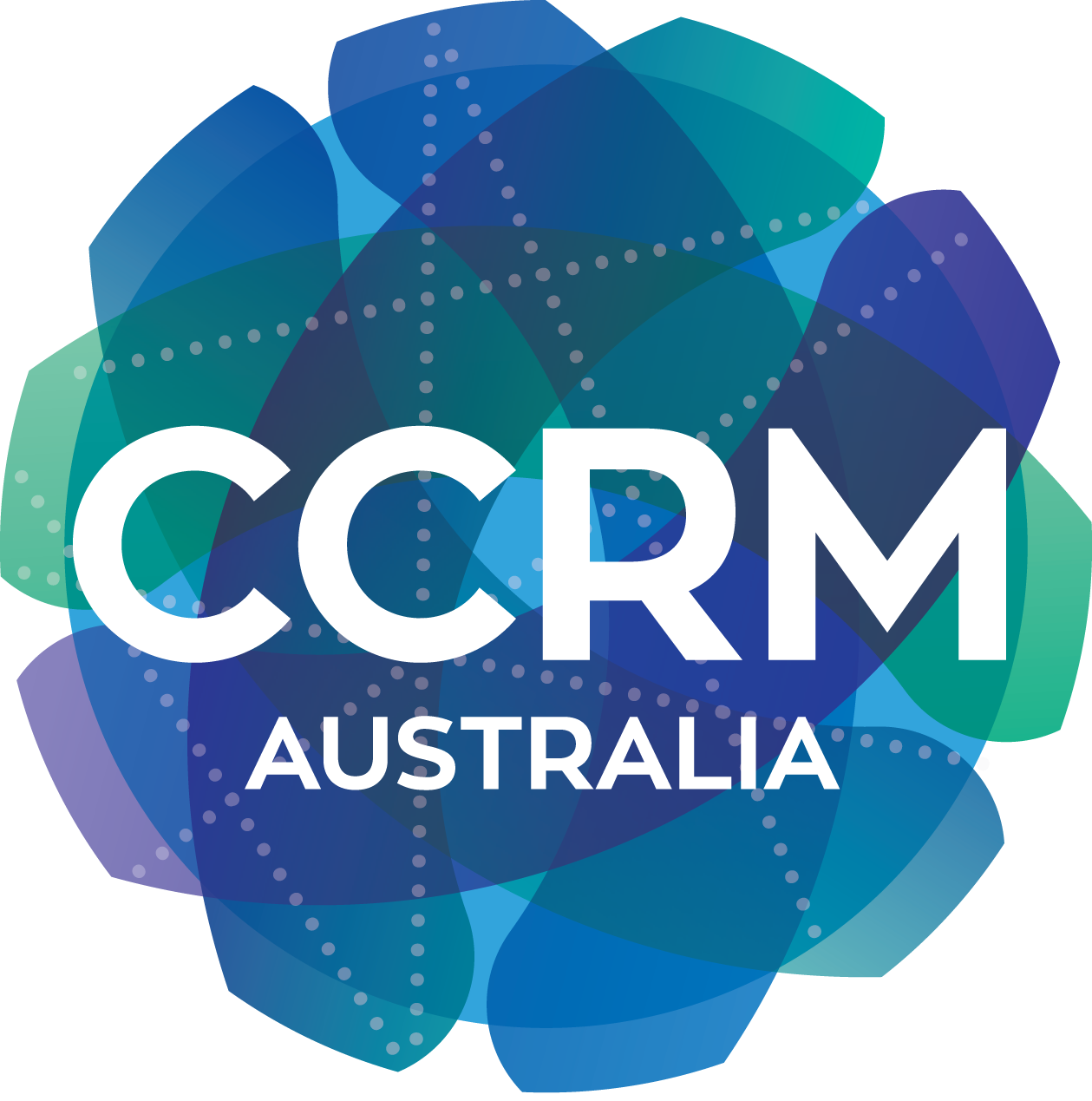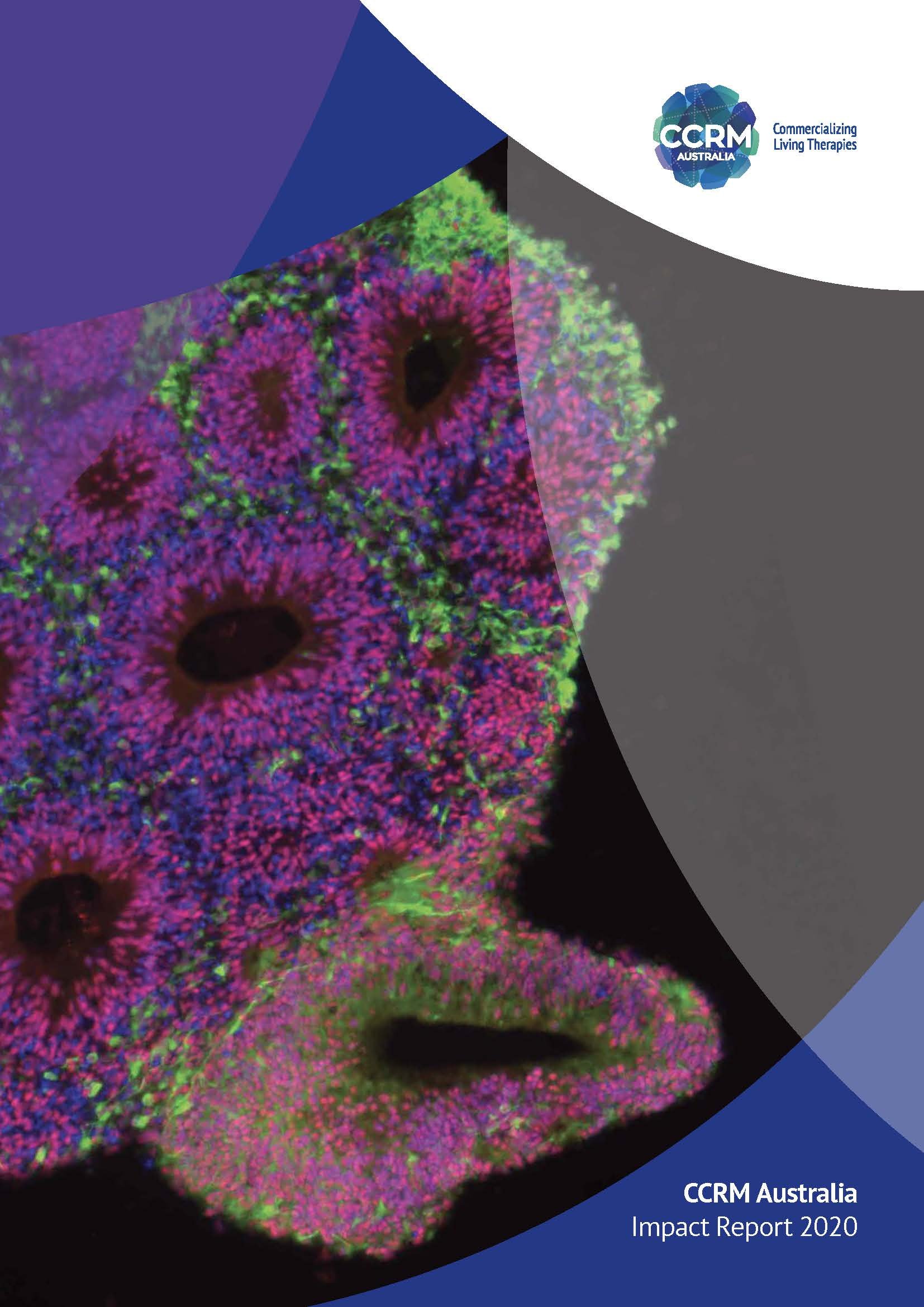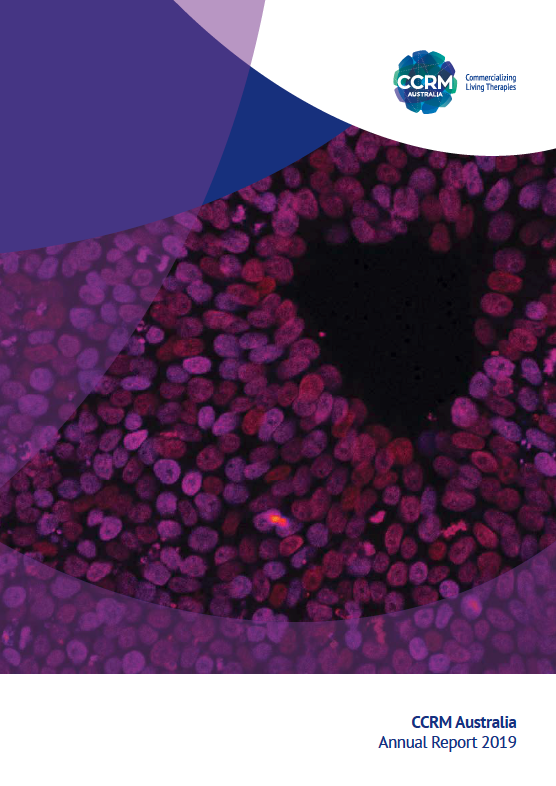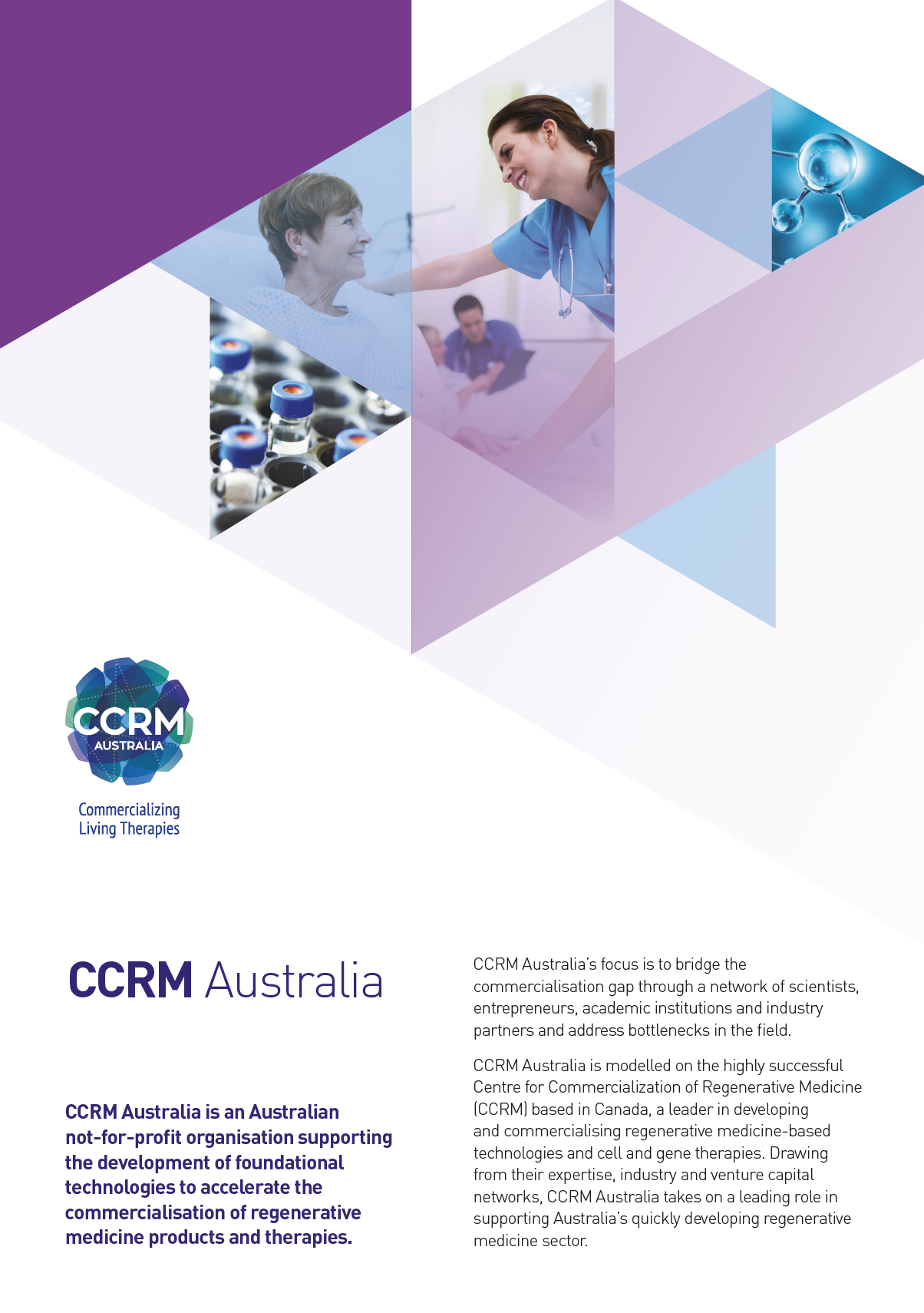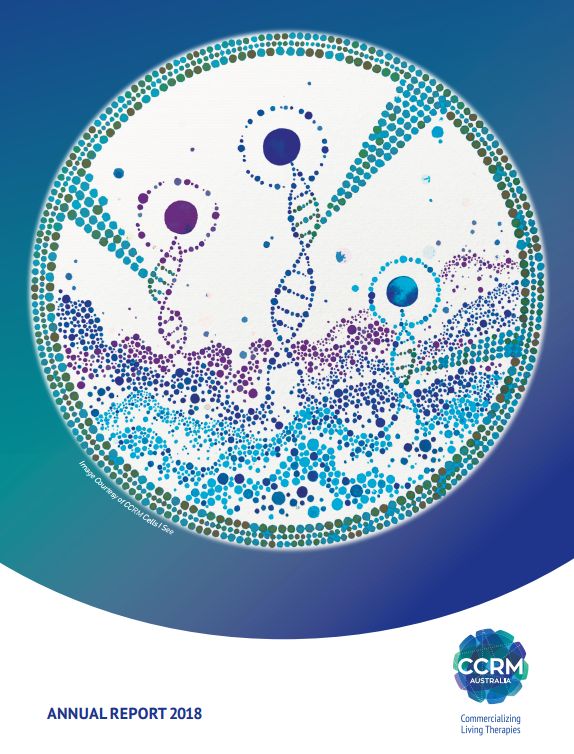
CCRM Australia accelerates regenerative medicine commercialisation by connecting stakeholders, providing funding, expertise, and access to cutting-edge process development and manufacturing facilities. Together, we transform ideas into life-changing treatments, revolutionising healthcare.
About CCRM Australia
The following values reflect CCRM Australia's commitment to excellence, collaboration, innovation, and making a meaningful impact in the field of regenerative medicine.
Search
1. Excellence
CCRM Australia is committed to achieving excellence in the field of regenerative medicine.
We strive to deliver world-leading capabilities and expertise to our partners and clients, ensuring the highest quality in our engagements and business relationships in contribution to their success. We aim to be at the forefront of advancements in the industry and provide impactful solutions to address the challenges faced by the sector.
2. Collaboration
CCRM Australia values partnerships and collaboration.
We actively engage with businesses, researchers, and stakeholders in the Australian regenerative medicine sector, and within our global network. By fostering collaborative relationships, we aim to leverage collective knowledge, expertise, and resources to drive innovation, translation, and commercialisation of regenerative medicine discoveries and technologies.
3. Innovation
CCRM Australia is dedicated to driving innovation in regenerative medicine.
We aim to accelerate the commercialisation of regenerative medicine by identifying and supporting disruptive technologies and providing the necessary resources and expertise to drive their development.
4. Impact
CCRM Australia is driven by the desire to make a positive impact on society.
We aim to address bottlenecks in the translation and commercialisation of regenerative medicine discoveries that lead to the treatment and potential cure of costly and devastating diseases, to improve the quality of life.
5. Trustworthiness
CCRM Australia prioritises trustworthiness, emphasising ethical conduct, regulatory compliance, and transparency.
We uphold ethical conduct, comply with regulations, and promote transparency. By prioritising trustworthiness, we foster fair collaborations, protect data privacy, and ensure responsible technology transfer. Our commitment to integrity will earn stakeholder confidence and drive responsible advancements in regenerative medicine.
6. Sustainability
CCRM Australia aspires to sustainability, encompassing both financial viability and environmental responsibility.
We recognize that achieving success in regenerative medicine requires sustainable business models and practices. Moreover, we embrace environmental responsibility by promoting eco-friendly practices, reducing waste, and advocating for sustainable approaches in regenerative medicine research and manufacturing. By integrating sustainability into our operations, we aim to create a lasting positive impact on both the industry and the environment.
Our programs and services are designed to support the growth of the Australian regenerative medicine sector and contribute to the overall advancement of healthcare.
Reports
What is CCRM Australia?
Australia’s leading regenerative medicine researchers have come together in a coordinated, collaborative fashion to support the creation of CCRM Australia.
CCRM Australia is a not for profit established to address bottlenecks in the translation and commercialisation of RM discoveries in Australia.
CCRM Australia is modelled on the highly successful CCRM in Canada and is legally separate to CCRM.
As a member of the Global CCRM network, CCRM Australia is a partner to a leading edge industry consortium. CCRM Australia is taking RM from bench to bedside by treating and potentially curing some of the most devastating and costly diseases in the world today.
What is Canada’s
Centre for Commercialization of Regenerative Medicine (CCRM)?
Since its inception in 2011, CCRM has become globally recognised as a translation centre and has become a leading global commercial hub for regenerative medicine and cell therapy. In partnership with top research institutions in Canada and abroad, and with a consortium of global industry leaders, CCRM has established a track record of developing and commercialising innovative technologies that tackle significant bottlenecks in the industry.
Examples of this include:
evaluation of novel biomaterials to enable cell product shipping,
process optimisation on a cell therapy resulting in a 60% reduction in cost of goods,
advancement of two novel drug screening platforms aimed at the direct measurement of contraction forces by contractile cells,
co-development of image analysis software to enable analysis in a novel drug screening platform,
development of novel cryopreservation approaches for specialised cells, and
development of scalable expansion protocols for pluripotent stem cells.
CCRM has developed and implemented an efficient model for technology transfer that includes:
in-licensing of technologies,
value adding development either alone or in partnership with companies or academics,
out-licensing of technologies/ processes to existing companies, and
the bundling of technologies to create spin-out companies.
CCRM has approached ARMI at the Monash University Clayton Campus to establish an Australian ‘hub’ modelled along the CCRM operational model. This hub will be developed in parallel with other emerging hubs in Israel, Japan, Europe and Singapore.
The benefits of the introduction of the CCRM model to Australia include:
immediate access to a demonstrated commercialisation model and sector specific expertise developed by CCRM to be utilised for the benefit of local regenerative medicine discoveries
regenerative medicine product development, licensing and regulatory expertise
membership of a large consortium that includes the major companies working in regenerative medicine
access to a consortium of world-leading regenerative medicine companies providing business skills and leadership, funds for product development, and receptor capacity for technologies and products
strong link to industry trends and needs through the industry consortium
